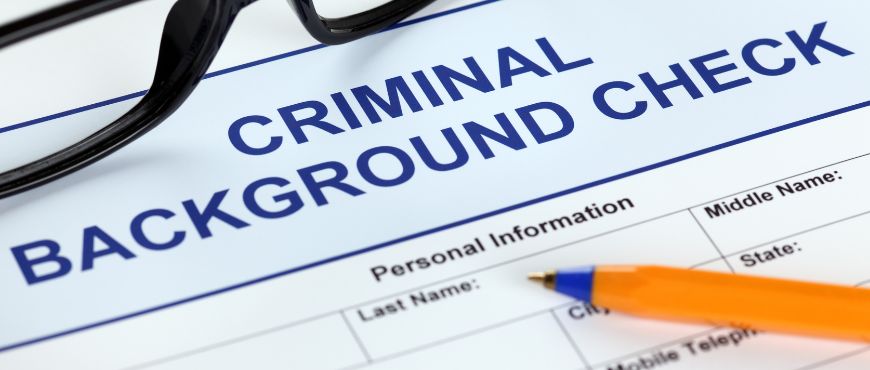
How to Legally Take Money out of a Limited Company
You might think that once you’ve set up your limited company, you’re free to dip into and out of the company’s profits as you see fit – it’s your company after all!

In reality, directors who employ this ‘what’s yours is mine’ attitude to their company profits could find themselves in a lot of trouble. Taking money out of business account for personal use has to be done according to the letter of the law.
Limited companies become a legal entity in their own right when they are incorporated at Companies House. That means the company’s assets and profits belong to the company, not the business owner. Therefore, you cannot simply take money out of the business like a sole trader, whose personal and business assets are one and the same.
Money can only be taken out of a limited company in one of three ways, and all three of these methods must be recorded and accounted for. You must also be careful to only take money out of a company if it is making a profit and once tax and all other financial liabilities have been accounted for.
If need help understanding the best way forward for your company, use the live chat during working hours, or call us on 0800 074 6757. We’ve helped 1000’s of directors navigate difficult financial circumstances.
Three Ways you can Take Money out of a Limited Company
The first thing you should ask yourself is not can I take money from the company but should I?
The vast majority of directors who contact us have not set aside any cash buffer to counter when things go wrong. Notice we said when things go wrong not if! Ok you may be regarded as being a pessimist to expect everything to go wrong all the time but only a fool expects everything to go right all the time too.
Get the balance right and set aside 10% off the top of your sales revenues and put it to one side for a proactive cash account. This account should be in addition to setting aside taxes – each month! Yes each month – do not wait until the end of the year.
Then and only then if you have sufficient revenues should you consider taking bonuses or dividends and even then pay them quarterly.
Money can be Withdrawn in the Following Ways:
- Director’s salary, expenses and benefits
- Dividends
- Director’s loan
The careful use of a combination of these methods can be an extremely tax efficient way to minimise personal tax liabilities and run a business.
This is due to the fact that corporation tax is payable at just 20 percent, while income tax on earnings over £50,001 (with the £12,500 personal allowance) sits at 40 percent.
A Director’s Salary
The most familiar method of taking money out of a limited company is for the directors to pay themselves a salary. Company directors are employees of the business just like anyone else, so they will have to be registered with HMRC for PAYE and will also have to pay National Insurance Contributions on their earnings.
Most company directors choose to take a very small salary, up to the National Insurance Contributions threshold of £8,060, and instead take the lion’s share of their pay in dividends.
Paying this level of salary ensures a director qualifies for the state pension and benefit entitlements, but does not incur a personal tax liability.
I will say up front that I am not a great lover of the way dividends are taken and or accounted for by most one man limited companies. This is for a variety of reasons but suffice it to say that if you are taking dividends monthly and you are not setting aside corporation tax and paying VAT and PAYE you should not be taking dividends. I know this may upset some directors and accountants but any director paying him/herself dividends monthly and cannot or will not pay taxes is setting themselves up for a big fall.
Dividends: the most tax efficient way to take money out of a company
If you cannot afford to pay your taxes then the company is not viable, possibly insolvent, and dividends should not be taken. All the director is doing by taking dividends is building up a negative balance which will have to be repaid at some point if the company is liquidated insolvently. Therein lies the rub – some directors will just bury their heads in the sand and hope the problem will go away. It won’t.
The majority of directors of limited companies will also be shareholders in profitable companies who do pay taxes and have a proactive cash buffer. In this case, income can be taken out of the company in the form of dividends, which are paid out of the company’s profits after corporation tax has been deducted. This is an incredibly tax efficient method of taking a payment as there is no personal tax liability on net dividends up to £30,892.50. Even payments above this level will attract a more favourable tax rate than if the money were taken as a salary.
Solvent Companies
It is essential to remember that a company cannot pay out more in dividends than it has in retained profits from current and previous financial years. You can learn more about the level of tax you pay on dividends here.
Directors’ Loans
A director’s loan is another efficient way to take money out of a company, although it can be fraught with hazards if the process is not handled correctly. If you take money out of a business and it is not a salary or a dividend, you have what is known as a director’s loan.
All transactions of this type must be recorded in a directors’ loan account, which keeps a running balance of the transactions between a director and the company itself. Account balances can be ‘in credit’, if the director has paid more into the company than he has taken out, or ‘overdrawn’ if the director has withdrawn more money than he has paid in.
Overdrawn directors’ loan accounts are a common problem in insolvent companies, but in the normal course of viable solvent businesses they can be repaid in full or in the correct circumstances even written off by the company.
All transactions in a director’s loan account have to be accounted for in the company’s balance sheet, and may also have to be included in the company tax return and the director’s self-assessment return. In most cases, directors with overdrawn loan accounts will not have to pay any tax as long as the sum is repaid within nine months and one day of the company’s account reference date.
If a director’s loan account is overdrawn by more than £10,000, the sum will have to be declared on the director’s self-assessment tax return, and the appropriate rate of tax will apply.
Is There a way to take Money out of a limited Company Without Paying Tax?
As this article explains, there is no way not to pay tax, however depending on your situation there will more efficient or less tax efficient methods. This is where your company accountant’s expertise will be invaluable.
Are you struggling to repay an overdrawn director’s loan account to your insolvent company? Being chased by HMRC but owe money to the company? Perhaps a lack of profit has left you unable to take any money out of the company at all? To discuss the repayment of overdrawn loan accounts, or the restructuring of your company to boost cash-flow and profit, please get in touch for a no-obligation consultation today.










